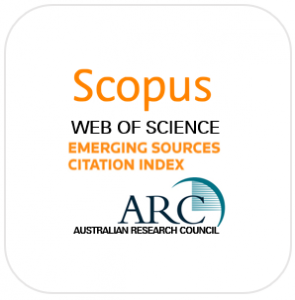To cite this article: Bulbeck, D. 2016. The inside view on Makassar’s 16th to 17th century history: Changing marital alliances and persistent settlement patterns. In Orality, writing and history: The literature of the Bugis and Makasar of South Sulawesi, ed. Druce, S. C. International Journal of Asia Pacific Studies 12 (Supp. 1): 143–167, http://dx.doi.org/10.21315/ijaps2016.12.s1.7
Abstract
The alliance of the Makasar-speaking kingdoms of Gowa and Talloq elevated Makassar to the status of an empire before its conquest in 1667 by the Dutch in alliance with the Bugis, Makassar’s local enemies. In my previous research I recognised three main phases in Makassar’s history: a growth phase (circa 1500–1593) when Gowa expanded territorially, cemented by the marriage of local princesses into the royal Gowa line; a consolidation phase (1593–1667) characterised by reciprocal marital exchange between Gowa and Talloq and their surrounding polities; and a disintegration phase (1667–1700) when Gowa and Talloq became givers rather than takers of princesses. Recent translations into English by William Cummings of the texts on which I based my analysis provide the opportunity to test the validity of my three-phase scenario. Further, how political relations changed during the first two phases can be illustrated through reconstructing the geopolitical landscape of Makassar and its hinterland at four time slices: the early and middle 16th century, and the early and middle 17th century.
Download

